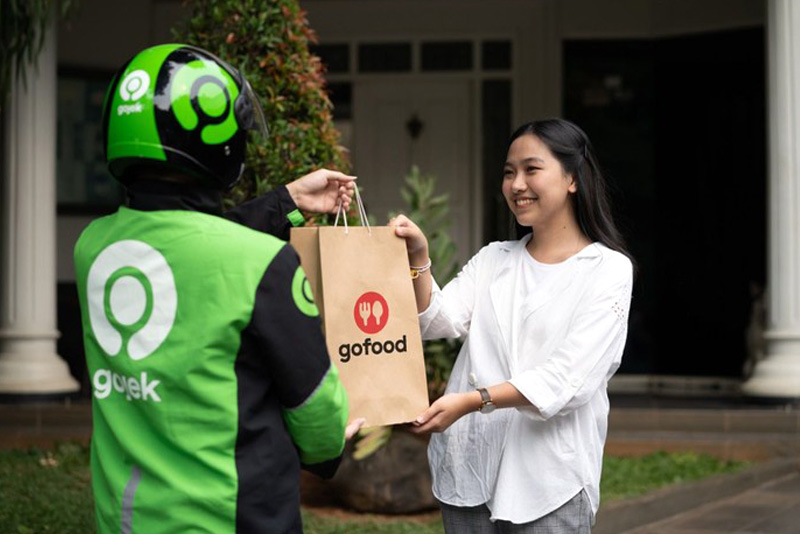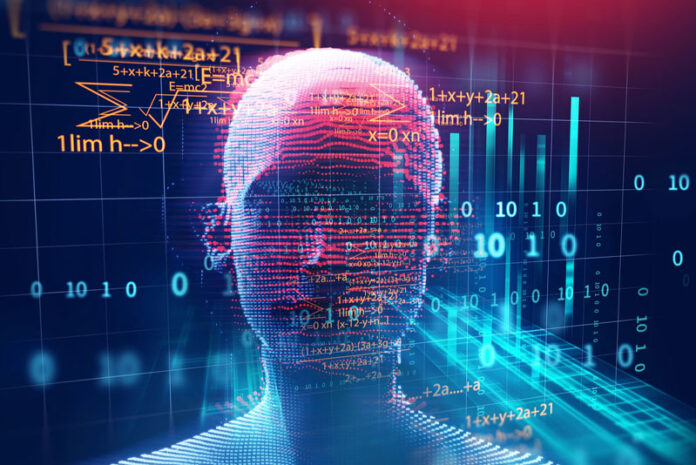Both big companies and start-ups alike see immense scope of usage of Artificial Intelligence (AI) and Machine Learning (ML) for growth. Research by advisory firm Gartner shows that 37% of organisations use Artificial Intelligence (AI) today to achieve complex business goals.
Artificial Intelligence refers to the simulation of human intelligence in machines that are programmed to think like humans and mimic their actions.
Machine learning, an area of AI, is the concept that a computer program can learn and adapt to new data without human intervention. It is a field of AI that keeps a computer’s built-in algorithms current regardless of changes in the worldwide economy.
Simply put, where AI lets a programmed computer or robot perform tasks that are usually done by humans, ML takes it up a notch by letting the system learn and improve from experience without being overtly programmed.
What can AI and ML do to enhance productivity? How can they help improve your quality of life? All these questions were answered in the webinar on “The Applications of Artificial Intelligence”, organised by NUSS Business Connect, a community of business owners and professionals, on 26 August.
The session was attended by a total of 159 participants consisting of members and guests. Artificial Intelligence (AI) practitioner, Mr Gopal Varutharaju, Regional Director at Prowler, IO and NUS graduate Mr Andre Tan, Data Scientist at Gojek, shared insights into how AI and ML are transforming businesses and what the future holds.
The webinar was moderated by entrepreneur and investor Mr Jeffrey Nah, who is the Managing Director at JN Capital and Growth Advisory and Chairman at Future Ready Academy.

Using AI and ML for food recommendations
Mr Andre Tan was the first to speak. He shared his experiences about how Gojek presented ready solutions to customers using AI and ML. GoFood, Gojek’s food app counterpart (presently available in Indonesia, Thailand and Vietnam), discovered products through recommendations and offered exactly what the users want. Mr Tan said, “We realised that showcasing the bestsellers on the app was boring and going by the experts’ choice was costly. But with the use of AI and ML, we could scale up and adapt to changing preferences quickly. This led to presenting more opportunities to delight customers and increased booking conversion rates.”
When asked why Gojek uses AI, Mr Tan replied, “By analysing the user behaviour and finding people who tend to buy similar things, we started recommending products to customers with similar food preferences. This proved effective and helped us garner additional one million bookings per month.”
Talking further about how algorithmic pricing creates efficient markets for Gojek, Mr Tan explained, “Over-pricing or under-pricing the ride-hailing services was not beneficial to both drivers and customers. The only way to ensure Gojek is reliable and profitable is to offer our users a fair price. He shared, “We used a technique called reinforcement learning, where the model observed the environment and uses real-time information to estimate a fair price for every transaction. We rewarded the model for correct guesses and penalised it otherwise. That’s how we used AI/ML to balance the interests of our customers, driver partners, and the business.

Internet of Things
The next to speak was Mr Gopal Varutharaju on “How AI has impacted industry and smart city initiatives”. Sharing how e-commerce customer profiling and decision making works, Mr Varutharaju said, “Based on the data collected by the e-commerce website, the companies perform customer segmentation, devise a marketing strategy based on the purchase behaviour, and mould their pricing accordingly. It helps manage resources well and increase profitability.”
He also presented another case study of how digital twins – Internet of Things (IoT) and ML – facilitate predictive maintenance. He said, “Data from building lift systems and telecom towers is passed on to service providers, which build ML models and predict potential breakdown, and initiate alert maintenance. Specific information collected through IoT sensors can be sent back to manufacturers proactively to maintain checklists and design enhancements.”
He also shared that some countries prefer using facial recognition for surveillance.
“As AI/ML is able to detect anomalies and potential risks more accurately and faster than the human eye, this is useful not only for security but for gathering real-time data for health reasons, transportation and traffic routing,” said Mr Varutharaju.
Mr Jeffrey Nah then encapsulated how AI in the realm of 5G and IoT will be able to transform ML with the help of sensors and a speedy 5G network bandwidth. He brought to light the usage of technology for building smart homes, industry, wearables and overall a smart city. He said that innovation is not slowing down and with future IoT technologies, we would have edge computing, voice AI and vision AI taking over things. “AIoT promises to radically transform how we interact with our homes, offices, and cities every day,” said Mr Nah.
While responding to questions, Mr Varutharaju and Mr Tan agreed that supply chain & logistics, transportation and agriculture industries present a lot of opportunities to use AI. Start-ups can leverage on this by building AI-based solutions for automation and innovation to close loop the “black boxes” in operations which cannot be addressed by traditional applications.
Catch the full webinar here.







